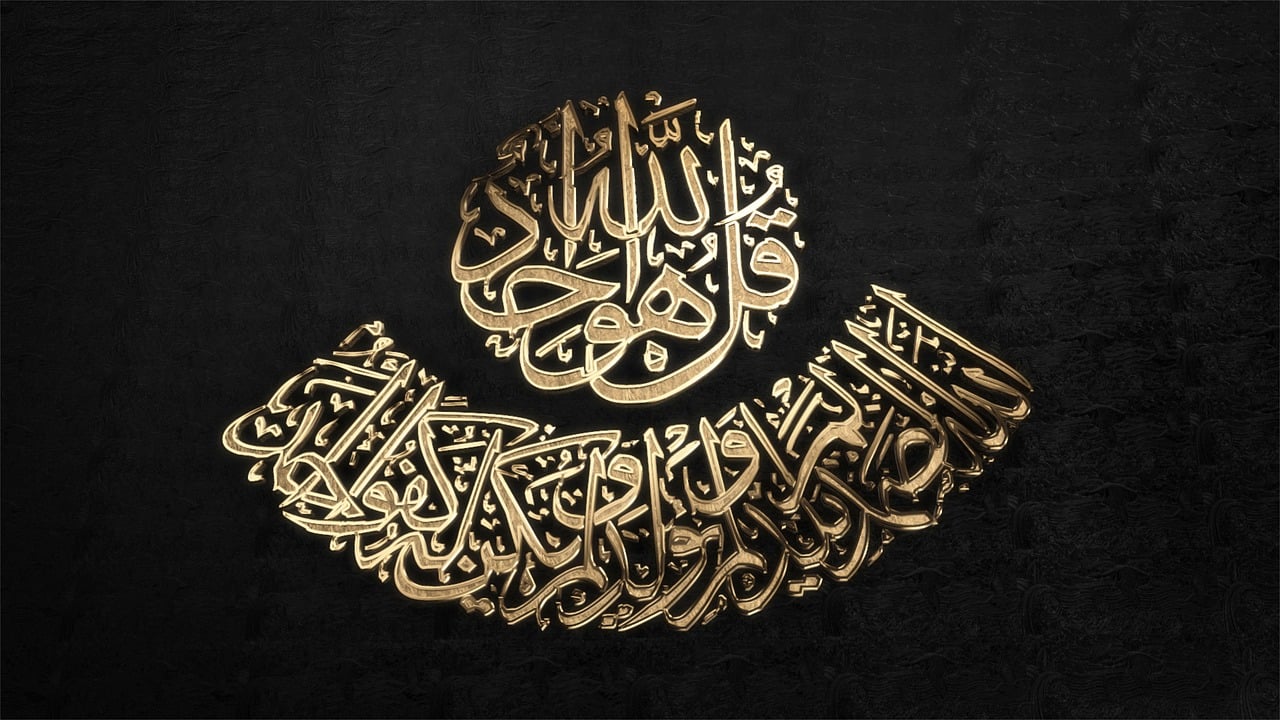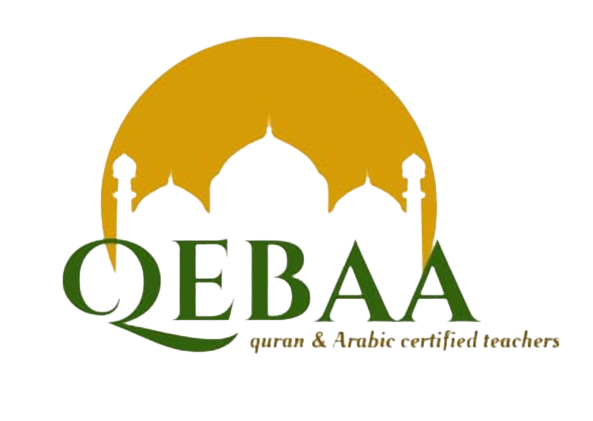The Beauty of Quranic Calligraphy: Art and Devotion
The Significance of Quranic Calligraphy
Quranic calligraphy holds immense significance in Islamic art and spirituality. It is not merely decorative but serves as a means to honor the words of the Quran, which are believed to be the literal words of God as revealed to Prophet Muhammad.
Styles of Quranic Calligraphy
Quranic calligraphy encompasses various styles, each with its unique aesthetic and historical background. Some of the prominent styles include:
Kufic Calligraphy
Kufic calligraphy is one of the oldest styles, characterized by its angular and geometric forms. It originated in the city of Kufa, Iraq, during the early Islamic period and is known for its simplicity and clarity.
Naskh Calligraphy
Naskh is a more fluid and cursive style, commonly used in printed Quranic texts and manuscripts. It is highly legible and is often favored for its readability in educational materials.
Thuluth Calligraphy
Thuluth is a majestic and ornamental style known for its elongated vertical strokes and intricate curves. It is often used in architectural inscriptions and decorative Quranic art.
Diwani Calligraphy
Diwani is a stylized and decorative script that evolved during the Ottoman Empire. It features bold, sweeping curves and is often used for official documents and royal decrees.
Regional Variations
Beyond these major styles, there are regional variations and hybrid styles that reflect the diverse artistic influences across the Islamic world, from Persia to Andalusia.
Techniques of Quranic Calligraphy
Creating Quranic calligraphy requires precision, skill, and a deep understanding of the script's rules and proportions. Some key techniques involved in Quranic calligraphy include:
Penmanship
Calligraphers use specialized pens, such as the reed pen or bamboo pen, to create varying line widths and strokes. The angle and pressure applied to the pen determine the thickness and elegance of the letters.
Proportions and Scaling
Maintaining proper proportions and scaling is crucial in Quranic calligraphy to ensure harmonious letterforms and overall visual balance. Calligraphers often use grids and guidelines to achieve precision.
Ornamentation and Illumination
Many Quranic calligraphy pieces feature intricate ornamentation and illumination, with embellishments like floral motifs, arabesques, and gold leaf accents enhancing the beauty and reverence of the script.
Devotion and Spiritual Reflection
Beyond its artistic appeal, Quranic calligraphy fosters a sense of devotion and spiritual reflection among both creators and viewers. Calligraphers often approach their work with a mindset of reverence, aiming to convey the divine message with utmost respect and beauty.
Meditation and Focus
Creating Quranic calligraphy can be a meditative process, requiring concentration and mindfulness. Calligraphers often recite Quranic verses or engage in silent reflection while practicing their craft.
Inspirational Themes
Many Quranic calligraphy artworks focus on themes of faith, love, peace, and wisdom, aiming to inspire contemplation and uplift the spirit of the viewer.
Appreciating Quranic Calligraphy
To fully appreciate Quranic calligraphy, one can:
- Visit museums and exhibitions showcasing renowned calligraphers' works.
- Attend workshops or classes to learn about the art form's techniques and history.
- Incorporate Quranic calligraphy artworks into personal spaces as a source of spiritual inspiration and aesthetic beauty.
Conclusion
In conclusion, Quranic calligraphy is a blend of artistry and devotion that transcends mere visual appeal. It serves as a profound expression of Islamic culture, faith, and reverence for the divine words of the Quran, captivating hearts and minds with its timeless beauty.


